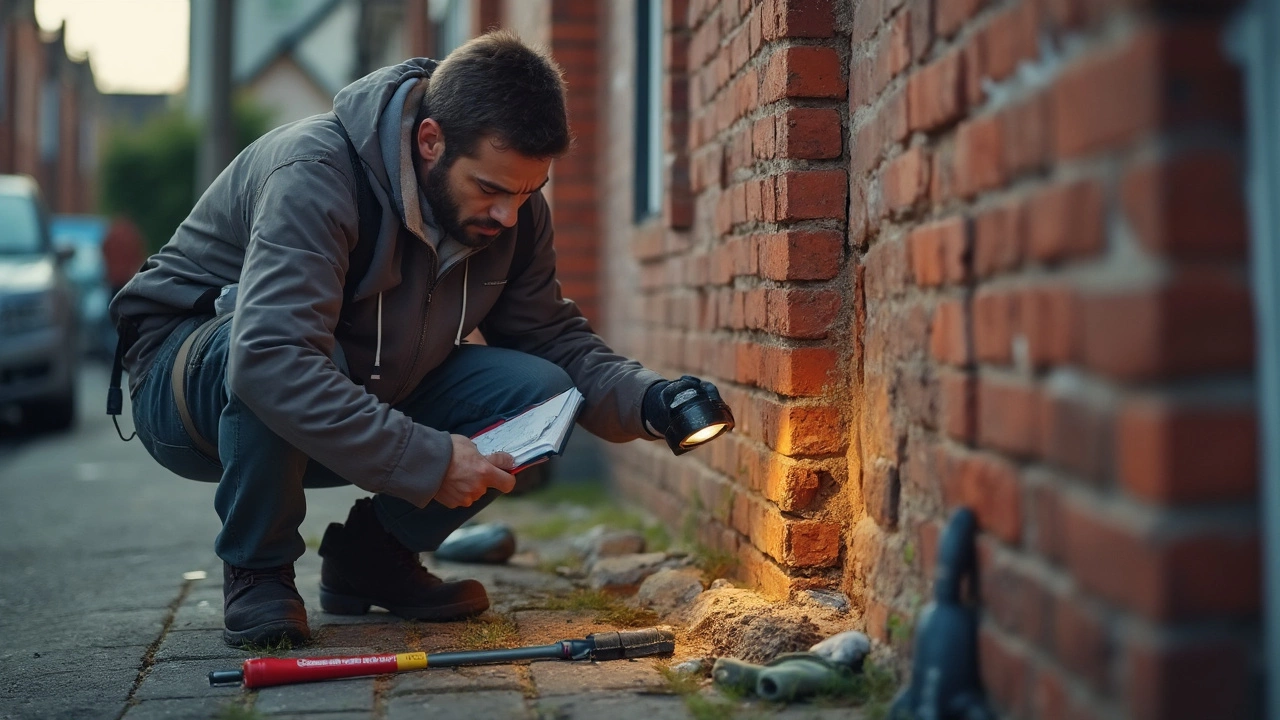Waterproofing Essentials for a Dry, Safe Home
Ever walked into a damp cellar and wondered why the water keeps coming back? That’s waterproofing failing, and it’s more common than you think. Good waterproofing stops moisture before it reaches walls, floors, and foundations, saving you from mold, rot, and pricey repairs.
First off, think of your house like a sweater. If the fabric gets soaked, the cold gets in and the sweater loses its shape. The same idea applies to a building – the outer shell needs a barrier to keep water out. When that barrier cracks or wears down, water finds the weak spot and can travel deep into the structure.
How to Spot Waterproofing Problems Early
Notice any musty smells, peeling paint, or water stains on lower walls? Those are red flags. Check the exterior for cracks in the foundation, pooling water, or gutters that don’t drain properly. Inside, look for damp spots after heavy rain – if the floor feels cool and moist, the waterproofing might be compromised.
Don’t wait for a big leak to call in help. Simple observations can save you weeks of disruption and a mountain of repair costs.
Top Waterproofing Methods You Can Trust
Exterior coating – A thick slurry of cement, polymer, or bitumen is sprayed onto foundation walls before back‑filling. It creates a tough shell that resists water pressure.
Drainage panels – These are plastic panels with holes that sit against the outside of the foundation. They channel water down to a French drain, keeping walls dry.
Sealants and sealant membranes – Applied to joints, roofs, and bathrooms, they block water infiltration at vulnerable points.
Sump pumps – Installed in a basement, they collect groundwater and pump it out before it reaches living spaces.
Each method fits different situations. For a new build, a full exterior coating plus drainage panels give the strongest protection. For an older home, a combination of interior sealants and a reliable sump pump often does the trick.
When you choose a contractor, ask about their experience with these systems, the warranties they offer, and how they plan to test the work after it’s done. A reputable pro will walk you through the process and explain why a certain method suits your property.
At McNeil Plumbing & Construction Services, we start every waterproofing job with a thorough inspection. We look for cracks, assess drainage, and advise on the best mix of solutions. Our team handles everything from applying waterproofing membranes to installing high‑capacity sump pumps, so you don’t have to worry about hidden leaks.
Remember, waterproofing isn’t a one‑time fix. Factors like soil movement, heavy rains, and aging materials mean regular checks are a good habit. Schedule an inspection at least once a year, especially after the rainy season.
Bottom line: good waterproofing keeps your home dry, protects your health, and saves money in the long run. Spot issues early, pick the right method for your house, and work with a trusted pro to get the job done right the first time.

